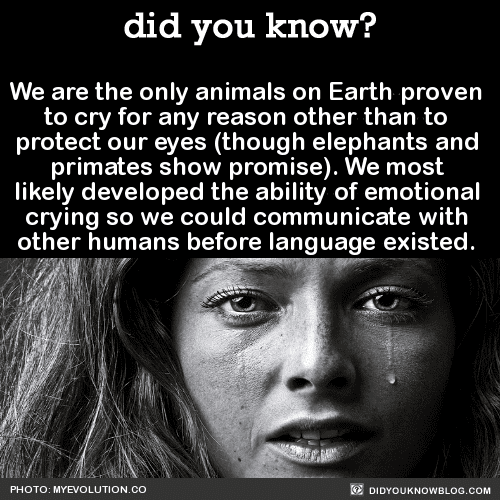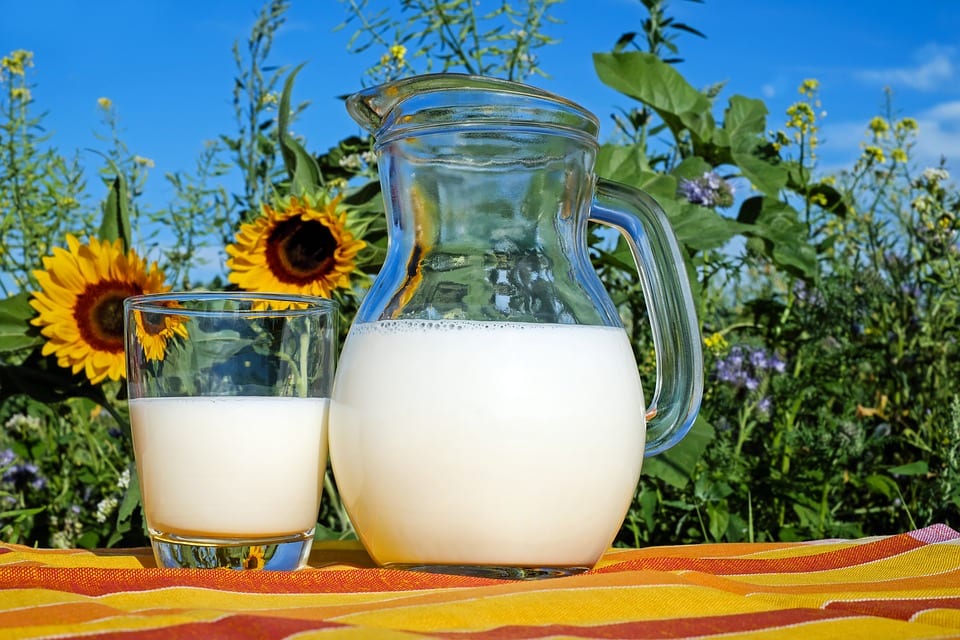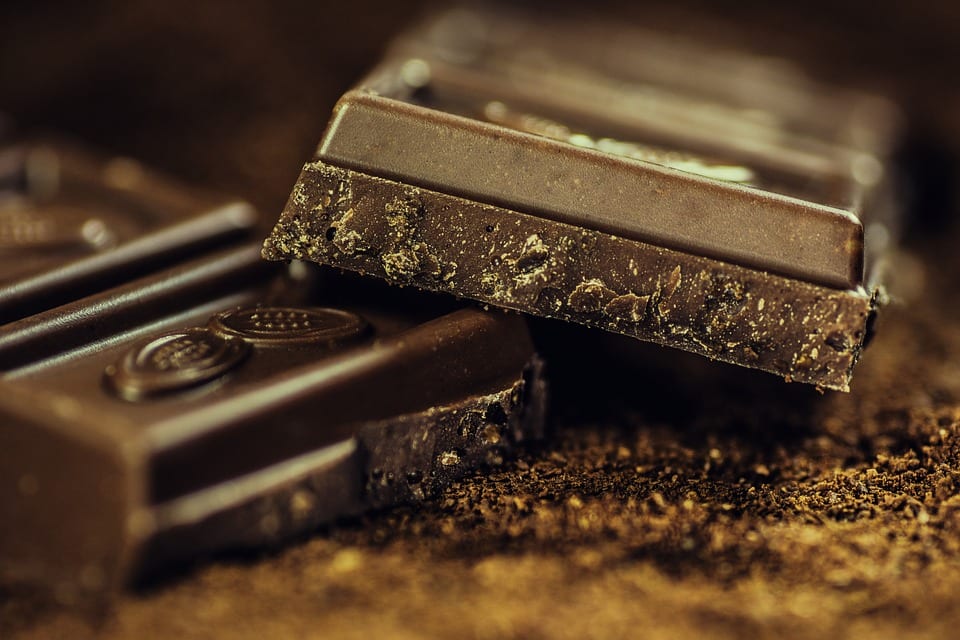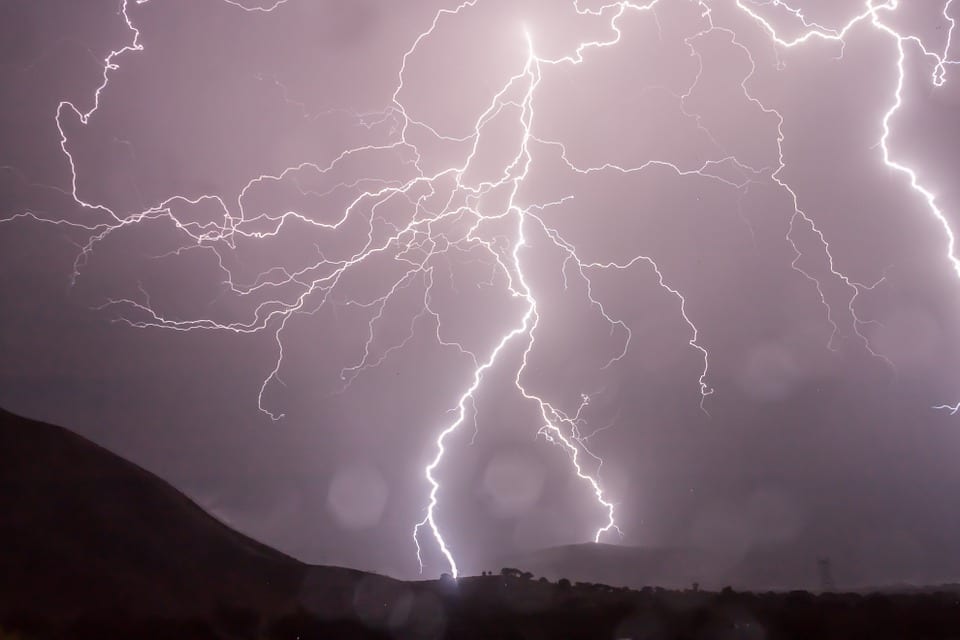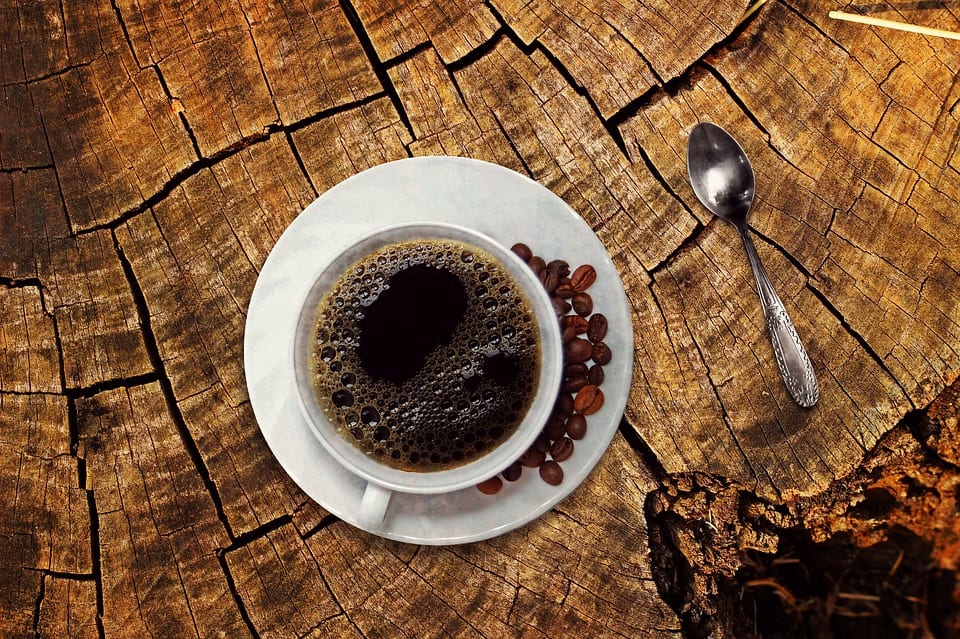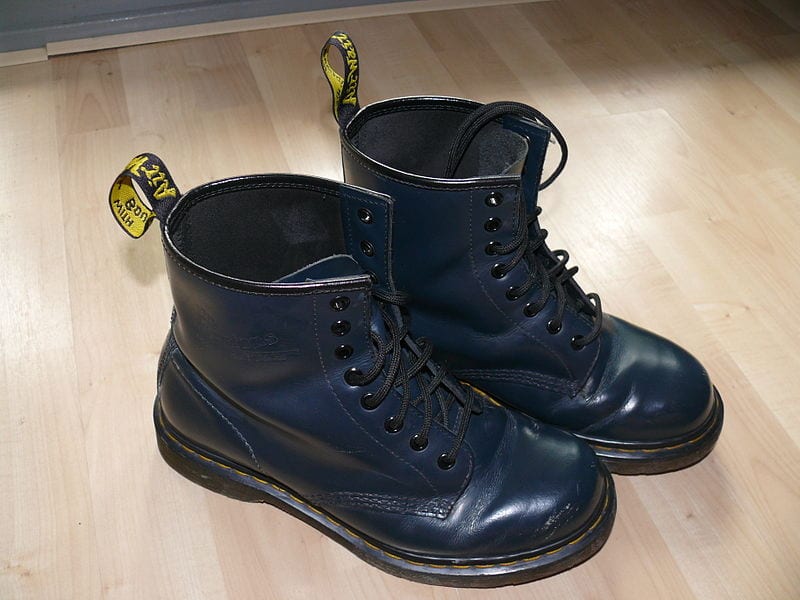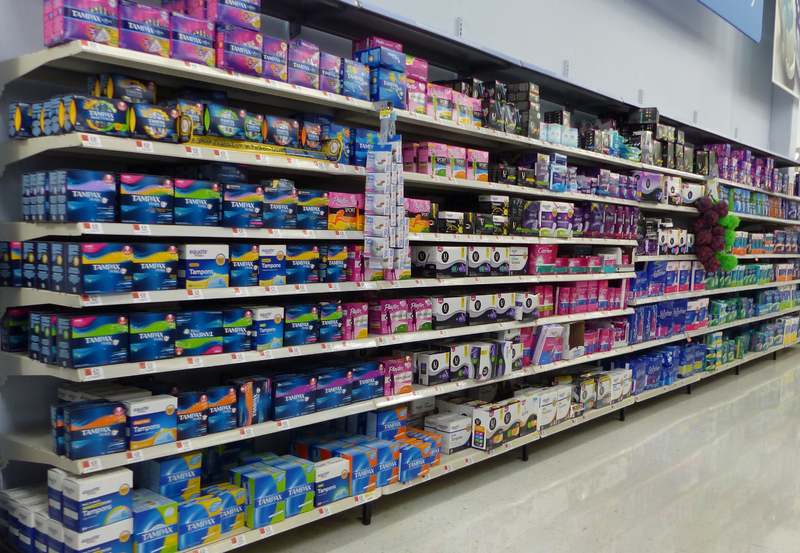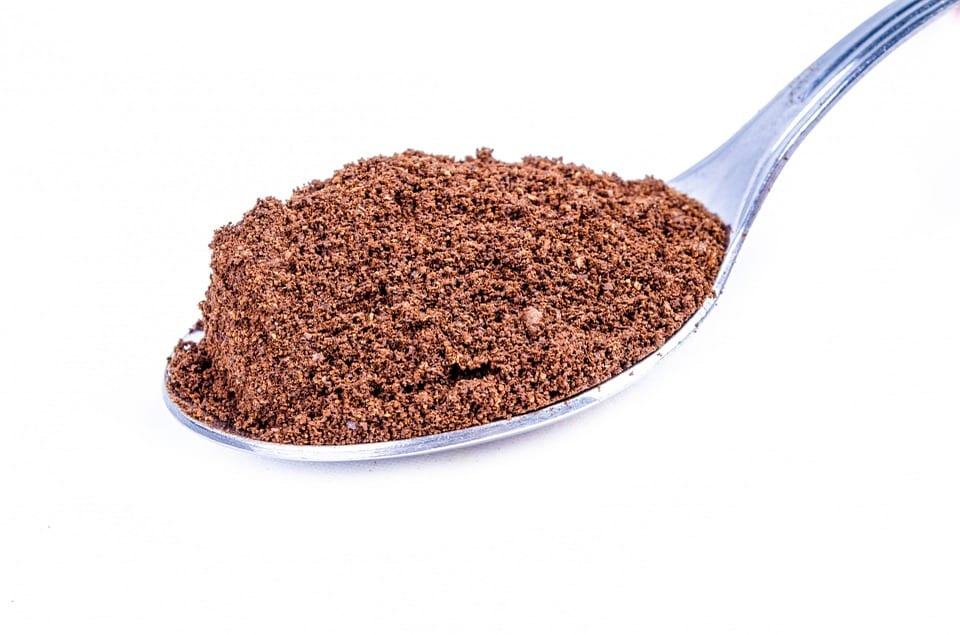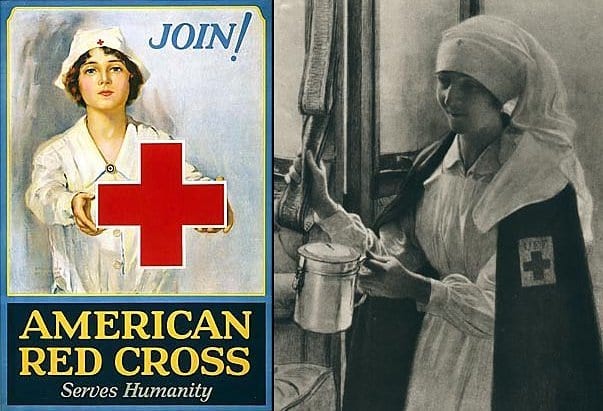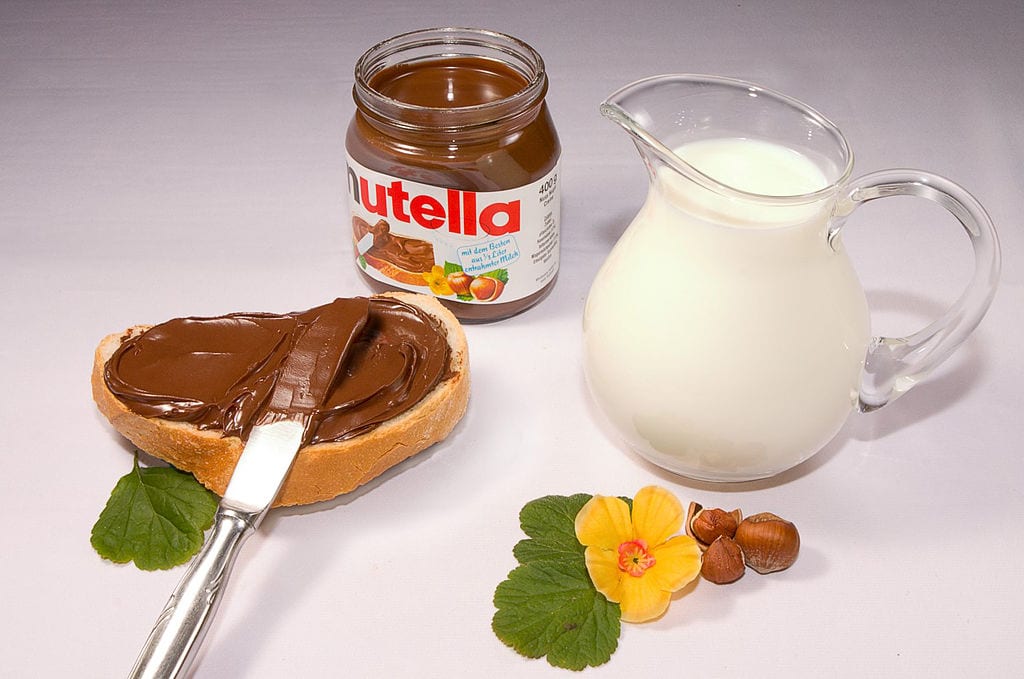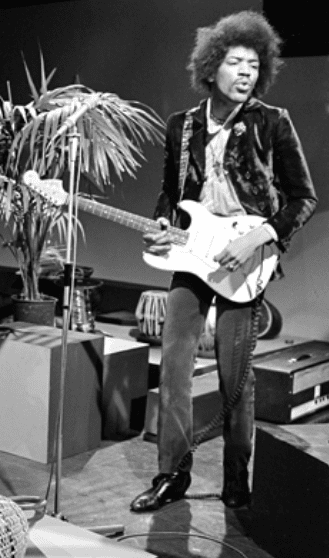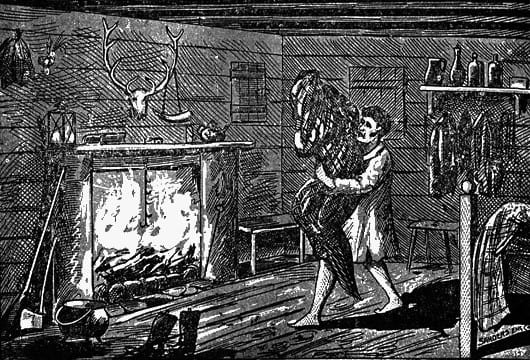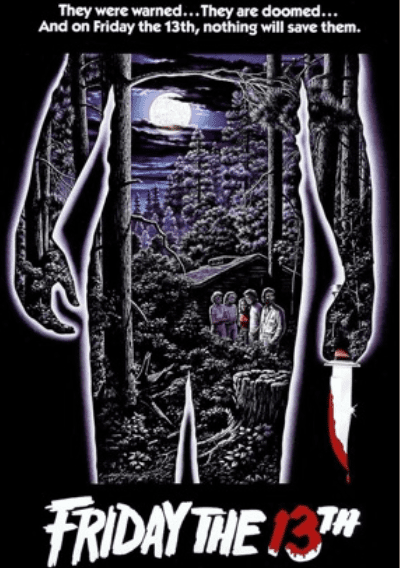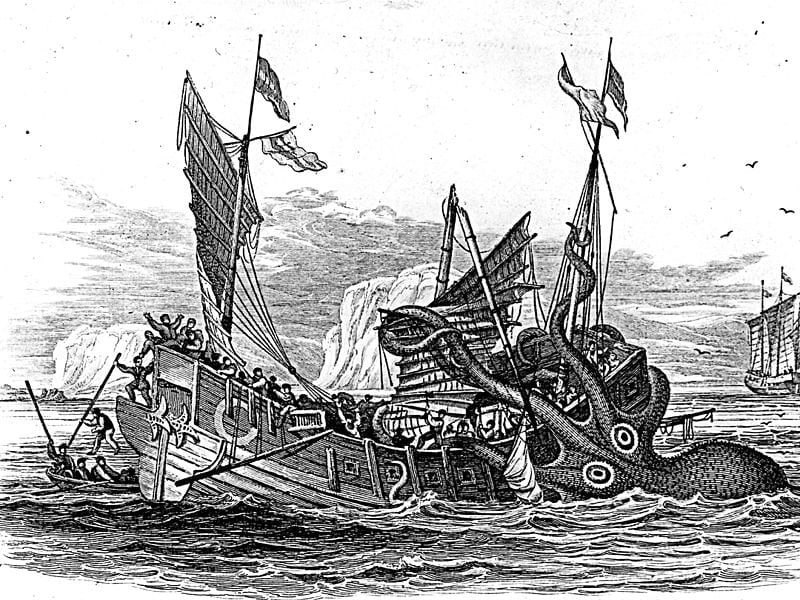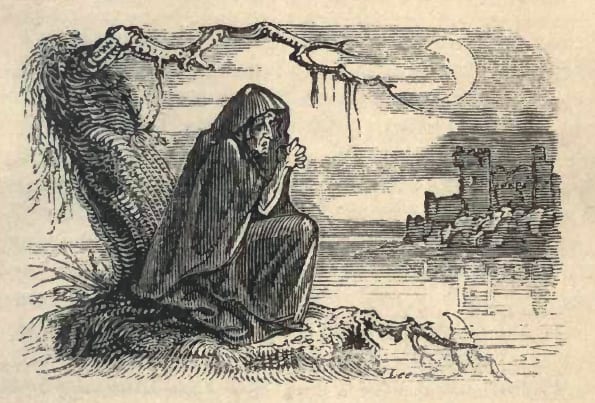These are hard times in the U.S., and the number prove it. Nearly 50 million Americans live in poverty. That is defined by a family of four living below $25,100 annually.
According to the statistics, Centreville, Illinois, is the poorest town in the country, with a median household income of just $16,715.
Income inequality is a major problem in America, and the gap between very rich and very poor seems to be growing wider by the day. Below is a list of the poorest towns in every U.S. state, along with some sobering statistics.
1. Selma, Alabama

Photo Credit: Wikimedia Commons
Town median household income: $23,283
State median household income: $44,758
Town poverty rate: 41.4%
Town population: 19,650
2. Ketchikan City, Alaska
Town median household income: $53,937
State median household income: $74,444
Town poverty rate: 13.6%
Town population: 8,189
3. South Tucson, Arizona
Town median household income: $20,241
State median household income: $51,340
Town poverty rate: 48.9%
Town population: 5,627
4. Camden, Arkansas
Town median household income: $25,581
State median household income: $42,336
Town poverty rate: 34%
Town population: 11,515
5. Clearlake, California
Town median household income: $25,426
State median household income: $63,783
Town poverty rate: 38.1%
Town population: 15,070
6. Willimantic, Connecticut

Photo Credit: Wikimedia Commons
Town median household income: $34,211
State median household income: $71,755
Town poverty rate: 29.7%
Town population: 17,339
7. Smyrna, Delaware
Town median household income: $53,941
State median household income: $61,017
Town poverty rate: 8.3%
Town population: 11,081
8. Sterling, Colorado
Town median household income: $36,282
State median household income: $62,520
Town poverty rate: 20.4%
Town population: 13,976
9. Brownsville, Florida
Town median household income: $19,796
State median household income: $48,900
Town poverty rate: 42.4%
Town population: 15,860
10. Cordele, Georgia

Photo Credit: Wikimedia Commons
Town median household income: $23,294
State median household income: $51,037
Town poverty rate: 49.6%
Town population: 11,015
11. Wahiawa, Hawaii
Town median household income: $55,744
State median household income: $71,977
Town poverty rate: 15.4%
Town population: 17,696
12. Rupert, Idaho
Town median household income: $35,011
State median household income: $49,174
Town poverty rate: 27.4%
Town population: 5,702
13. Centreville, Illinois
Town median household income: $16,715
State median household income: $59,196
Town poverty rate: 50.1%
Town population: 5,127
14. Brazil, Indiana
Town median household income: $29,531
State median household income: $50,433
Town poverty rate: 31.6%
Town population: 8,105
15. Lamoni, Iowa
Town median household income: $33,393
State median household income: $54,570
Town poverty rate: 26.1%
Town population: 2,616
16. Belleville, Kansas
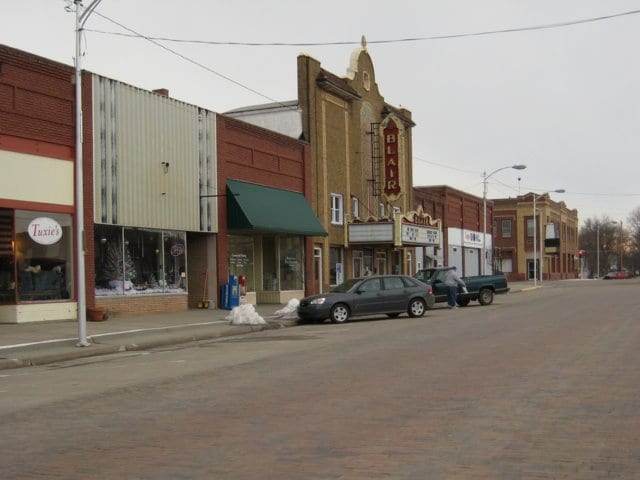
Photo Credit: Flickr,shannonpatrick17
Town median household income: $31,885
State median household income: $53,571
Town poverty rate: 13.9%
Town population: 1,831
17. Glasgow, Kentucky
Town median household income: $28,362
State median household income: $44,811
Town poverty rate: 26.9%
Town population: 14,338
18. Ville Platte, Louisiana
Town median household income: $18,679
State median household income: $45,652
Town poverty rate: 38.4%
Town population: 7,338
19. Eastport, Maine
Town median household income: $33,836
State median household income: $50,826
Town poverty rate: 18.8%
Town population: 1,390
20. Cumberland, Maryland
Town median household income: $31,855
State median household income: $76,067
Town poverty rate: 24%
Town population: 20,290
21. Webster, Massachusetts

Photo Credit: Flickr,Doug Kerr
Town median household income: $44,846
State median household income: $70,954
Town poverty rate: 16.8%
Town population: 12,122
22. Hamtramck, Michigan
Town median household income: $23,609
State median household income: $50,803
Town poverty rate: 49.7%
Town population: 21,985
23. Bemidji, Minnesota
Town median household income: $33,680
State median household income: $63,217
Town poverty rate: 24.1%
Town population: 14,664
24. Indianola, Mississippi
Town median household income: $26,479
State median household income: $40,528
Town poverty rate: 31.8%
Town population: 10,047
25. Mountain View, Missouri
Town median household income: $23,484
State median household income: $49,593
Town poverty rate: 26.5%
Town population: 2,694
26. Deer Lodge, Montana
Town median household income: $37,917
State median household income: $48,380
Town poverty rate: 11.4%
Town population: 3,062
27. Red Cloud, Nebraska
Town median household income: $34,395
State median household income: $54,384
Town poverty rate: 15.5%
Town population: 1,115
28. Laughlin, Nevada

Photo Credit: Wikimedia Commons
Town median household income: $32,758
State median household income: $53,094
Town poverty rate: 18.8%
Town population: 7,641
29. Berlin, New Hampshire
Town median household income: $38,863
State median household income: $68,485
Town poverty rate: 19%
Town population: 10,154
30. Crestwood Village, New Jersey
Town median household income: $28,282
State median household income: $73,702
Town poverty rate: 9.8%
Town population: 8,135
31. Deming, New Mexico
Town median household income: $26,044
State median household income: $45,674
Town poverty rate: 32.1%
Town population: 14,582
32. New Square, New York
Town median household income: $21,773
State median household income: $60,741
Town poverty rate: 70.0%
Town population: 7,804
33. Mount Olive, North Carolina
Town median household income: $26,099
State median household income: $48,256
Town poverty rate: 33.3%
Town population: 4,734
34. Ellendale, North Dakota
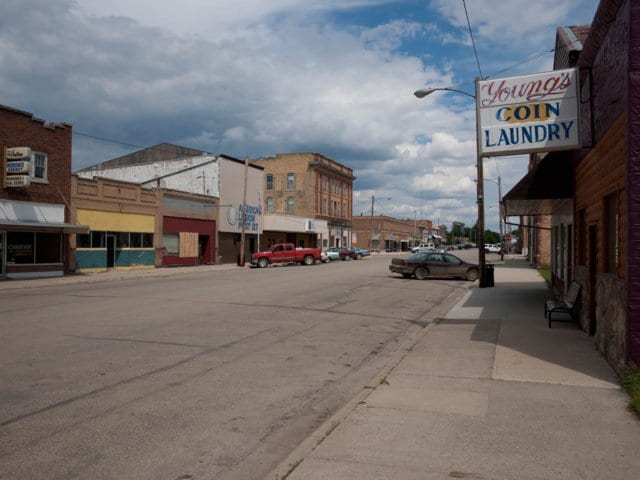
Photo Credit: Wikimedia Commons
Town median household income: $42,744
State median household income: $59,114
Town poverty rate: 12.8%
Town population: 1,432
35. East Cleveland, Ohio
Town median household income: $19,953
State median household income: $50,674
Town poverty rate: 41.8%
Town population: 17,413
36. Arkoma, Oklahoma
Town median household income: $26,352
State median household income: $48,038
Town poverty rate: 34.1%
Town population: 1,912
37. Reedsport, Oregon
Town median household income: $32,677
State median household income: $53,270
Town poverty rate: 23.9%
Town population: 4,088
38. Johnstown, Pennsylvania
Town median household income: $24,075
State median household income: $54,895
Town poverty rate: 37%
Town population: 20,169
39. Central Falls, Rhode Island
Town median household income: $28,901
State median household income: $58,387
Town poverty rate: 32.7%
Town population: 19,366
40. Belton, South Carolina

Photo Credit: Wikimedia Commons
Town median household income: $29,329
State median household income: $46,898
Town poverty rate: 24.3%
Town population: 4,296
41. Vermillion, South Dakota
Town median household income: $31,155
State median household income: $52,078
Town poverty rate: 35.7%
Town population: 10,778
42. Lafayette, Tennessee
Town median household income: $30,586
State median household income: $46,574
Town poverty rate: 16.4%
Town population: 4,909
43. Fabens, Texas
Town median household income: $24,612
State median household income: $54,727
Town poverty rate: 48.8%
Town population: 7,168
44. Brigham City, Utah
Town median household income: $47,675
State median household income: $62,518
Town poverty rate: 9.7%
Town population: 18,586
45. Bellows Falls, Vermont
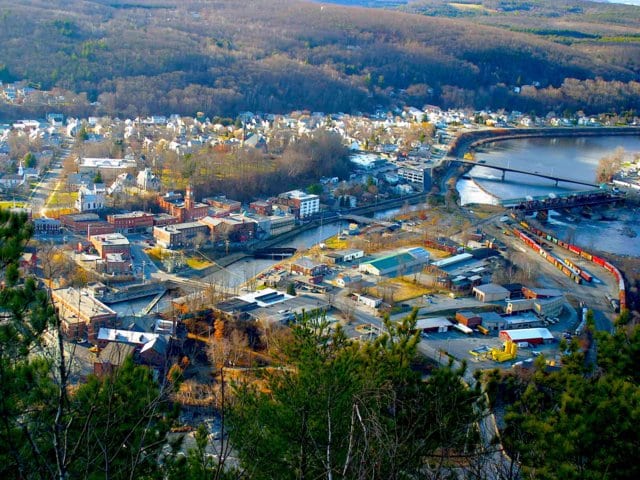
Photo Credit: Wikimedia Commons
Town median household income: $31,963
State median household income: $56,104
Town poverty rate: 22.6%
Town population: 3,032
46. Hillsville, Virginia
Town median household income: $30,943
State median household income: $66,149
Town poverty rate: 21.1%
Town population: 2,683
47. Chewelah, Washington
Town median household income: $30,998
State median household income: $62,848
Town poverty rate: 17.6%
Town population: 2,601
48. Weston, West Virginia
Town median household income: $31,739
State median household income: $42,644
Town poverty rate: 26.2%
Town population: 4,085
49. Whitewater, Wisconsin
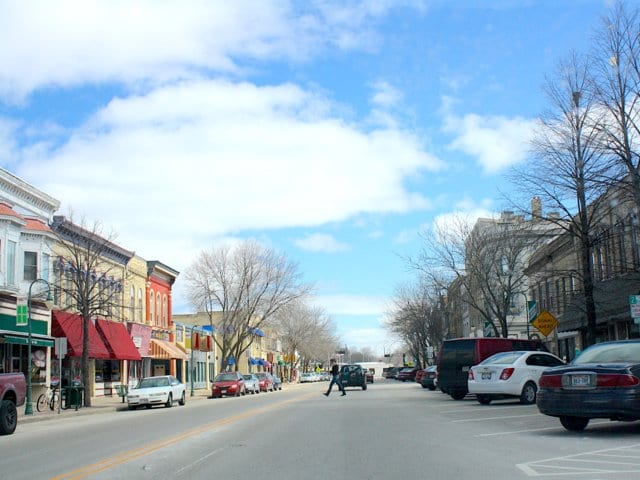
Photo Credit: Wikimedia Commons
Town median household income: $30,934
State median household income: $54,610
Town poverty rate: 38.2%
Town population: 14,840
50. Thermopolis, Wyoming
Town median household income: $45,668
State median household income: $59,143
Town poverty rate: 12.7%
Town population: 2,918
The post Almost 50 Million Americans Live in Poverty. These Are the Poorest Towns in Every State appeared first on UberFacts.





